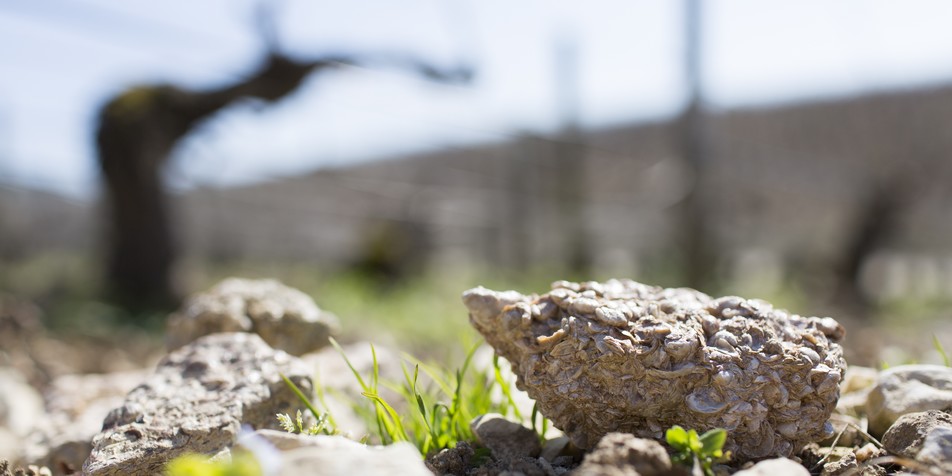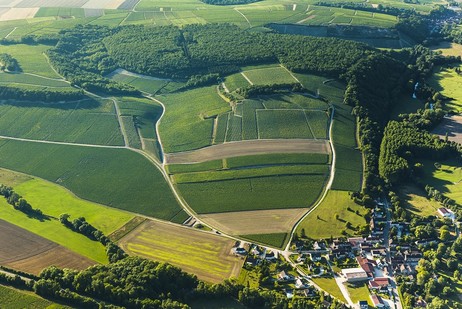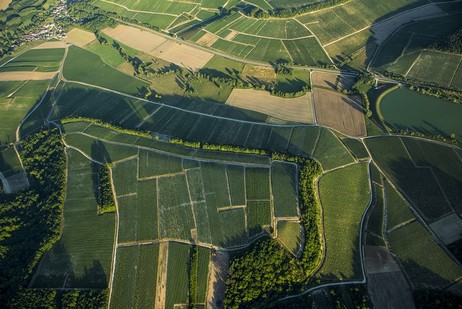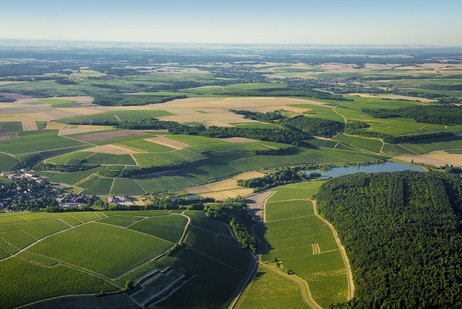Beauroy, Troesmes and Côte de Savant
Beauroy, a flag-bearing Climat
Character, stories and legends
- The steep slope and thin soil of this sun-drenched Climat are key to Beauroy’s balanced wines. Their smooth texture, acidity and minerality intertwine to produce rich and powerful wines, dominated by fruity aromas. They can be enjoyed young, although their soft acidity gives them a 6 to 8 years’ ageing potential.
- It has been confirmed that this area has been deforested since the 12th century. Among the many possible origins, Beauroy could come from a corruption of the words "bois roy" (the king’s wood). This name could also come from "beauvoy" (beautiful view) in reference to a large path running through it, substituting the "V with and "R". Finally, some argue that a family called Rouard or Roard lived in the region. This last explanation is undoubtedly the most plausible.
Troesmes
Character, stories and legends
- With its typical Kimmeridgian subsoil, Troesmes is very characteristic of a Chablis Premier Cru. This sun-drenched terroir brings body to the wines. Velvety, generous and flattering, they deploy their floral qualities even when young, sustained by a fruity attack. Their full potential comes to the fore after 5 to 7 years.
- This name has two historical explanations. Troesmes may come from "troène" (shrub, privet). Or it might have its roots in the Old French "trauwée", which gives the word "trouée" (passage) – an obvious reference to the valley that separates the Climats of Troesmes and Côte de Savant.
Côte de Savant
Character, stories and legends
- As Côte de Savant is a sun-drenched Climat, its wines define themselves by a rather unctuous structure. In the glass, it’s a balancing act – acidity and minerality interlace, making these wines rich and powerful. They can be enjoyed young or after ageing a few years.
- Some would have liked the name of this Climat to come from the medieval adjective "savorant" (tasty)! However, wine-tasting vocabulary had no bearing on Climats names back then. The name more likely stems from the word "savée". Meaning a hedge or a wooded strip, this word might refer to the wooded area cutting across the top of the hill.



